Budget Reconciliation: Tracking the 2025 Trump Tax Cuts
Our experts are providing the latest details and analysis of proposed federal tax policy changes.
16 min readPresident Trump has proposed a number of tax proposals, including imposing a universal baseline tariff on all US imports, imposing a 60 percent tariff on all US imports from China, making the individual and estate tax cuts of the 2017 Tax Cuts and Jobs Act (TCJA) permanent, maintaining the 21 percent corporate income tax rate, and making all tip income tax-exempt. From analyzing the economic impact of US tariffs and retaliatory actions to the upcoming TCJA expirations, Tax Foundation experts continue to serve as trusted thought leaders, providing research, modeling, analysis, and commentary on how the Trump tax proposals would impact U.S. competitiveness, economic growth, government revenue, and everyday taxpayers. The posts below include our research and analysis on a variety of Trump tax proposals. You can also explore our economic modeling via Options for Reforming America’s Tax Code and our 10 Tax Reforms for Growth and Opportunity. See Trump’s latest trade actions with our Tariff Tracker and explore the latest tax developments and analysis our Budget Reconciliation Tracker.
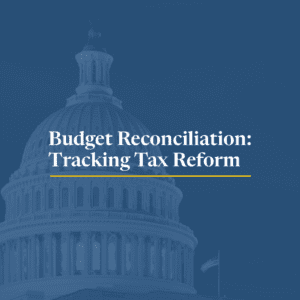
Our experts are providing the latest details and analysis of proposed federal tax policy changes.
16 min read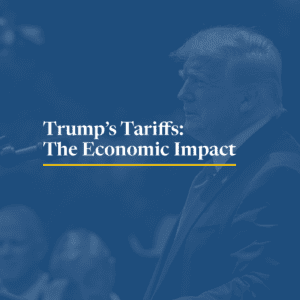
The tariffs amount to an average tax increase of nearly $1,200 per US household in 2025.
36 min read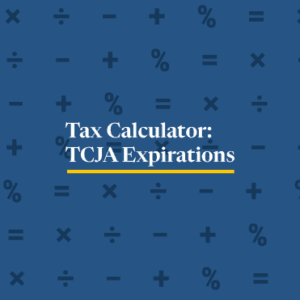
Unless Congress acts, Americans are in for a tax hike in 2026.
3 min read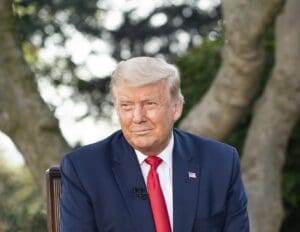
We estimate Trump’s proposed tariffs and partial retaliation from all trading partners would together offset more than two-thirds of the long-run economic benefit of his proposed tax cuts.
12 min read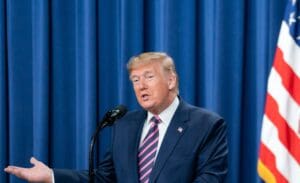
Exempting overtime would unnecessarily complicate the tax code, increase compliance and administrative costs, and reduce neutrality by favoring certain work arrangements over others.
5 min read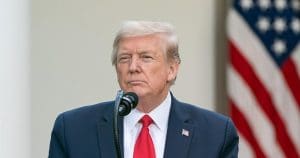
“No tax on tips” might be a catchy idea on the campaign trail. But it could create plenty of headaches, from figuring out tips on previously untipped services to an unexpectedly large loss of federal revenue.
6 min read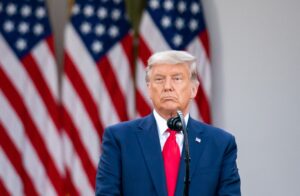
Using tariff policy to reallocate investment and jobs is a costly mistake—that’s a history lesson we should not forget.
6 min read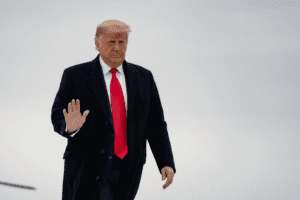
President Trump has repeatedly floated the idea of entirely replacing the federal income tax with new tariffs. Recently, he has said that when tariff revenues come in, he will use them to replace or substantially cut income taxes for people making under $200,000.
8 min read
Given the poor state of the budget process and worsening debt trajectory, lawmakers should move boldly and quickly to address the issue, including via a fiscal commission process. Issues to consider should include reforms to both spending and taxes.
42 min read
Our experts are providing the latest details and analysis of proposed federal tax policy changes.
16 min read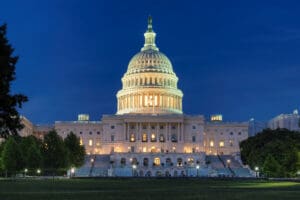
Our preliminary analysis of the Senate Finance tax plan finds the major tax provisions would increase long-run GDP by 1.2 percent and reduce federal tax revenue by $5 trillion over the next decade.
11 min read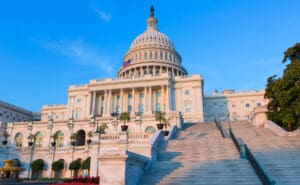
Senate Republicans have advanced legislation to extend many provisions of the 2017 Tax Cuts and Jobs Act (TCJA) alongside dozens of new provisions, following broadly similar legislation put forward by House Republicans.
8 min read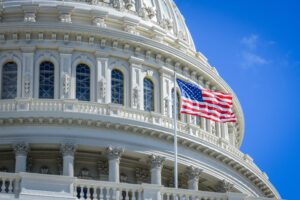
Lawmakers should consider maintaining QBAI and applying the several billion dollars from the Senate’s change toward other pro-growth international tax reforms instead.
6 min read
The increased senior deduction with the phaseout would deliver a larger tax cut to lower-middle- and middle-income taxpayers compared to exempting all Social Security benefits from income taxation and would not weaken the trust funds as much. But given the temporary nature of the policy, it would increase the deficit-impact of the reconciliation bills without boosting long-run economic growth.
4 min read
Lawmakers are right to be concerned about deficits and economic growth. The best path to address those concerns is to ensure OBBB provides permanent full expensing of capital investment, avoids inefficient tax cuts, and offsets remaining revenue losses by closing tax loopholes and reducing spending.
8 min read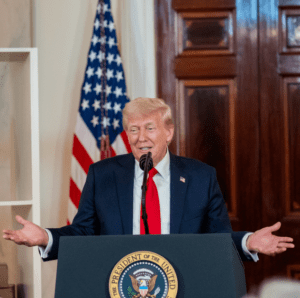
If the federal government really wanted to make saving more accessible for taxpayers, it would swap the proposal for Trump Accounts to replace the complicated mess of savings accounts currently available with universal savings accounts.
4 min read
Our preliminary analysis finds the tax provisions increase long-run GDP by 0.8 percent and reduce federal tax revenue by $4.0 trillion from 2025 through 2034 on a conventional basis before added interest costs.
9 min read
The tariffs amount to an average tax increase of nearly $1,200 per US household in 2025.
36 min read
As the US House hashes out its “One, Big, Beautiful Bill,” statehouse lawmakers are watching closely, given the impact of both its tax and spending provisions on state budgets.
12 min read